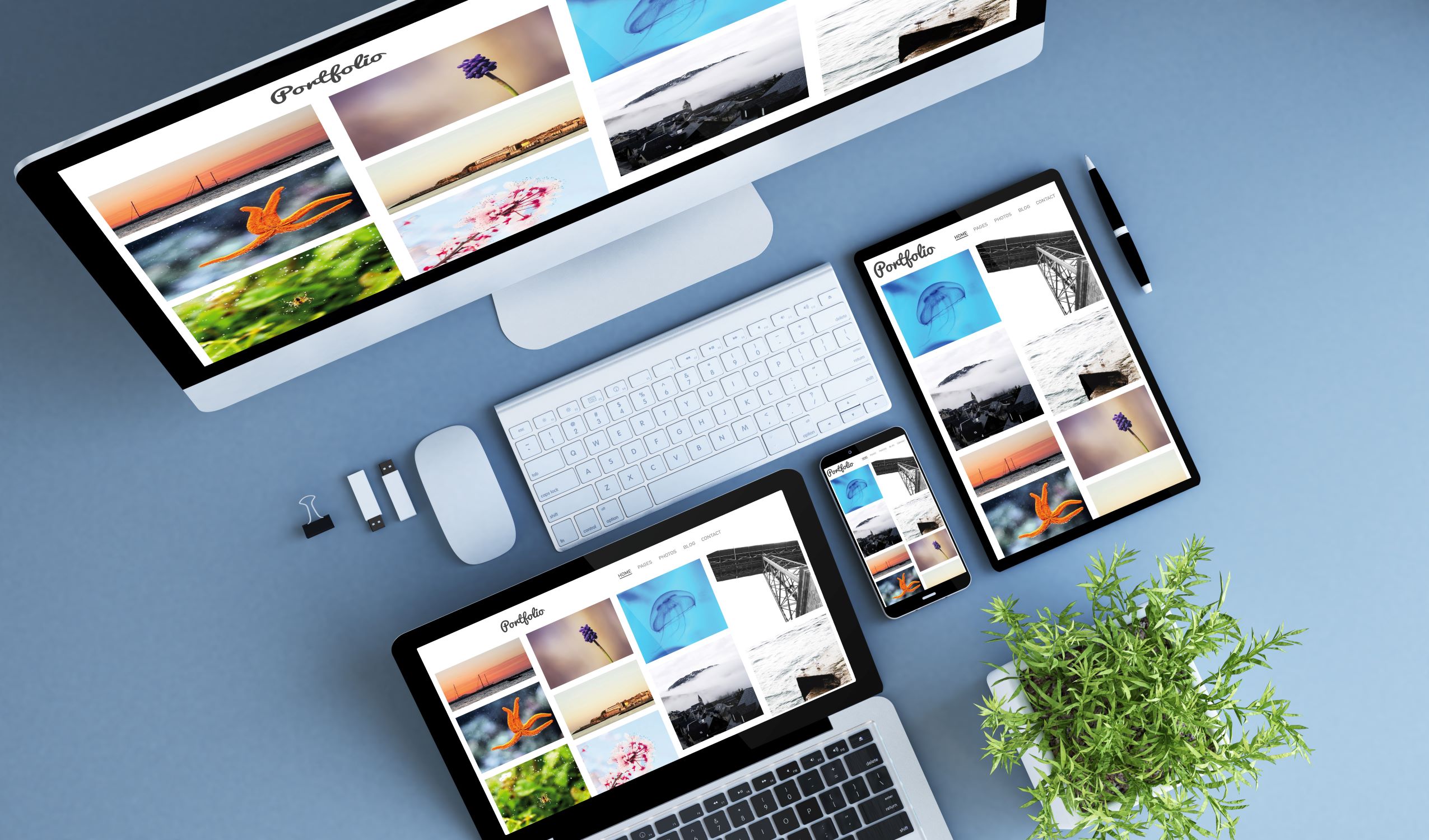
Throughout our years of working within the digital learning industry we’ve seen the good, the bad and the ugly of digital learning portfolios. And we want to share what we’ve learnt from our clients and candidates with you.
Whether you’re a contract designer switching between projects, or you are in permanent employment looking for that next career move, a portfolio is an essential part of your job seekers tool box.
Where to start
Building a portfolio can be a time-consuming task. However, it’s a brilliant way to present your talents as a digital learning professional.
As a starting point, there are several key elements we believe you should include. Adding a short biography to document your education and professional background. Ensuring you have relevant and interesting project examples that showcase your skills. Including testimonials from employers, clients or co-workers to prove your capabilities. There are also the small details to remember - don’t forget to include your contact information - we know it’s simple, but it can easily be forgotten.
Include examples that show your abilities
Your portfolio should be engaging, professional and concise. Don’t overload it with examples and irrelevant information. ‘Less is more’ is the phrase we like to use here.
You want to impress, so select digital learning projects that really highlight your skills and knowledge. If you are a Developer, evidence your experience of using authoring tools. As an Instructional Designer include your knowledge of storyboards and digital learning modules.
Explain your choice of examples
It’s important to describe why you have included your chosen projects. Writing a short summary will help you to explain your involvement and the outcome of your examples. Ensure you include important details such as:
What the brief was
What software and tools you used
If you used multimedia elements such as video or podcasts
Whether you overcame any problems
Most importantly if the objectives and goals were achieved
The extras
Tailor your portfolio
It’s important that you use appropriate examples that relate to the job you are applying for. This could mean creating several portfolios for different sectors or positions. Although this may seem a tedious task, it could emphasise your enthusiasm for the job you are applying for.
Don’t forgot to update
Think of your portfolio as ‘work in progress’. Whether you’re in a permanent, contract or fix term position, it’s important that you stay current by regularly maintaining your portfolio. We know it can easily slip your mind. Nonetheless, it could save you a lot of time when you decide to take that next step.
Become an expert
Actively engage with content online. Build a presence on social media, interact with topical forums and groups, and network with digital learning professionals. You may even want to consider posting your own blog. This may seem a little daunting, however could really raise your profile with prospective employers.
So, creating a great portfolio is the perfect tool to showcase your potential. It allows you to stand out from the crowd and secure that dream job!


